After three years of commercial 5G rollout, the new-generation high-speed broadband has entered the track of rapid development with vast growth potential, Huawei's rotating chairman Ken Hu Houkun said at an industry forum on Tuesday, calling for the whole industry to work together and maximize 5G's value.
"5G has grown faster than any previous generation of mobile technology…in merely three years, we've seen solid progress in 5G network deployment, consumer services development, and industry applications," Hu said.
As of October 2022, more than 230 carriers around the world have launched commercial 5G services. In total, the industry has set up more than 3 million 5G base stations, serving more than 700 million subscribers.
In China alone, 1.425 million 5G base stations had been built at the end of 2021, accounting for more than 60 percent of the world's total, and the number of 5G end users has reached 355 million, official data showed.
"5G has entered the fast lane," Hu said, "But there's more we can do to maximize its value. We need to work together to fully unleash the power of 5G networks and expand into services like cloud and system integration. Together, we can drive leapfrog development in 5G networks, applications, and the industry as a whole."
The Huawei top executive noted that 5G applications are not only innovative - they're generating real values for the carriers.
In 2021, for example, Chinese telecom operators brought in over 3.4 billion yuan ($500 million) in new revenue from more than 3,000 industrial 5G projects. What's more, these projects also generated 10 times that amount from related data and integrated ICT services.
The comments were made at the 13th Global Mobile Broadband Forum (MBBF), which kicked off in Bangkok , Thailand, on Tuesday. This annual forum gathers mobile network operators, vertical industry leaders, and ecosystem partners from around the world to discuss how to make 5G a huge commercial success, as well as other high-priority industry topics like green development, intelligence, and 5G evolution.








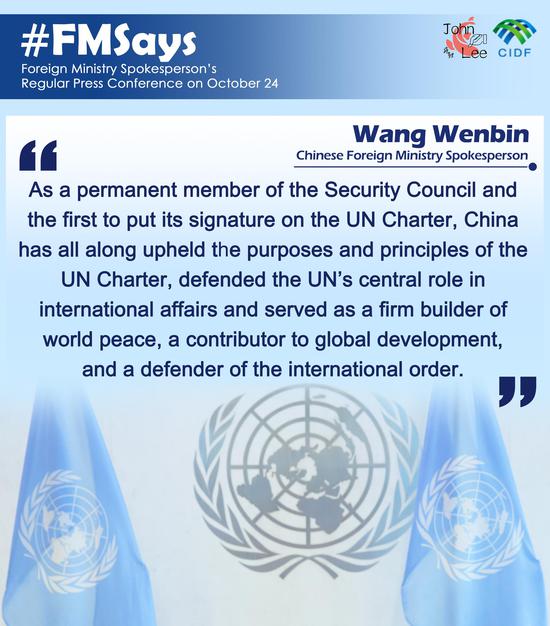
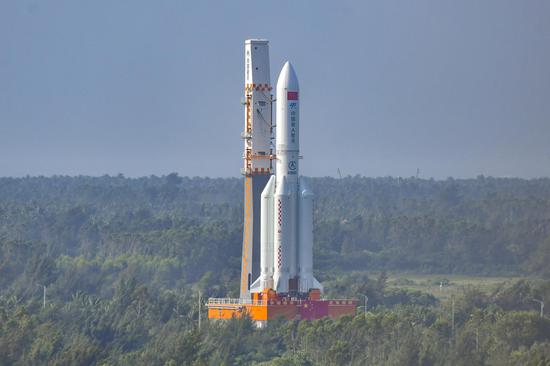


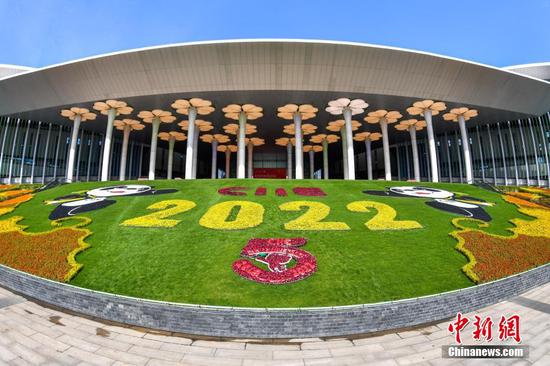


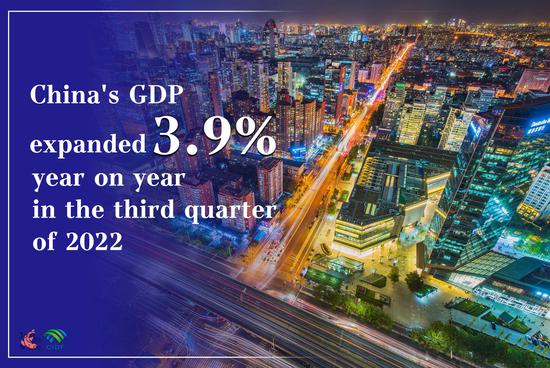
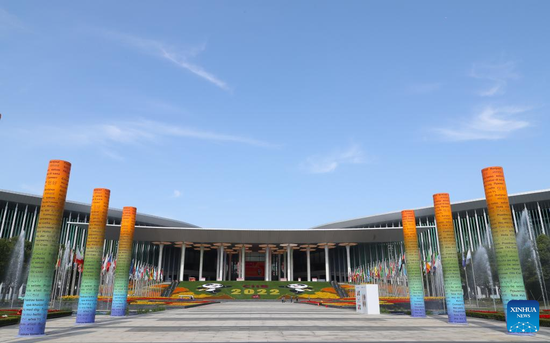
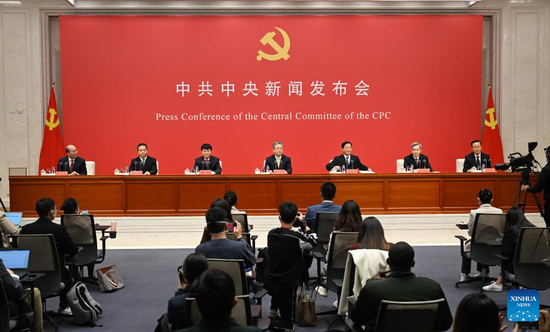




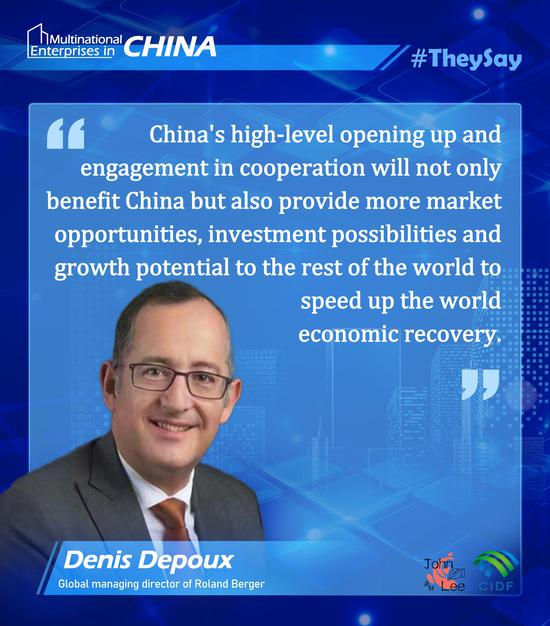
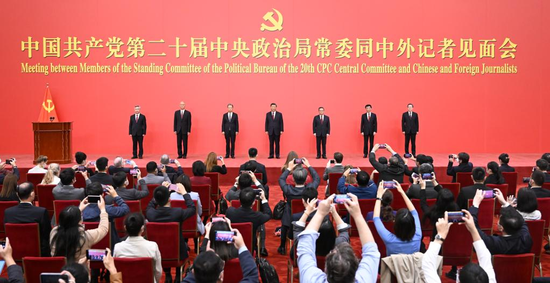



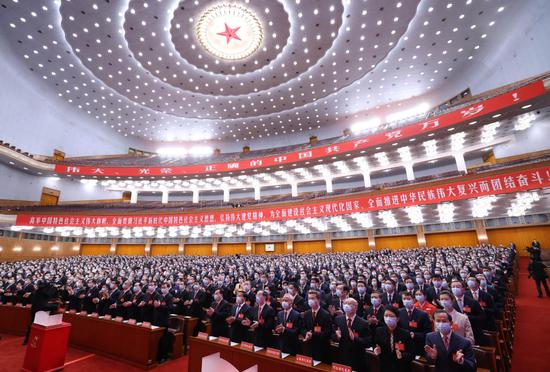
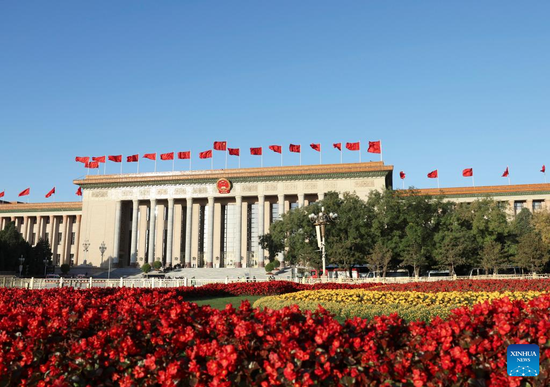

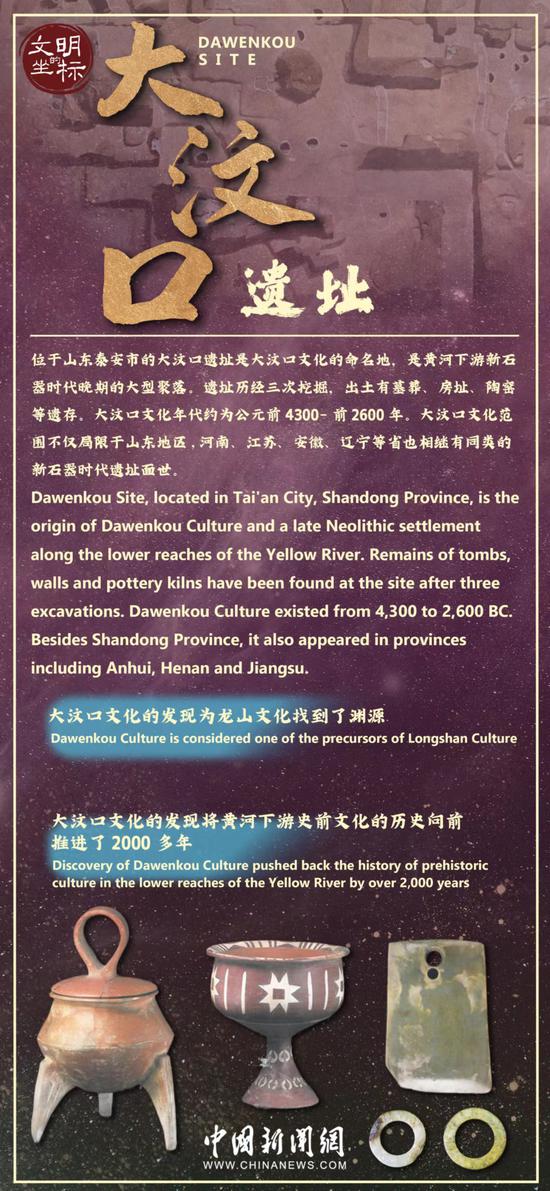





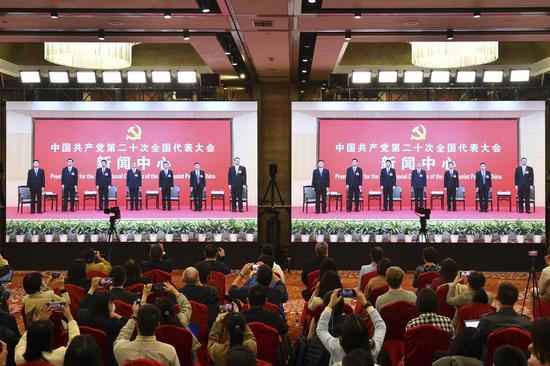


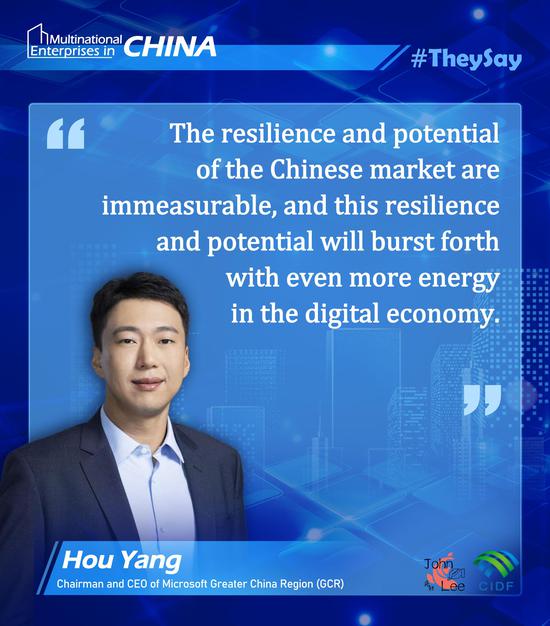



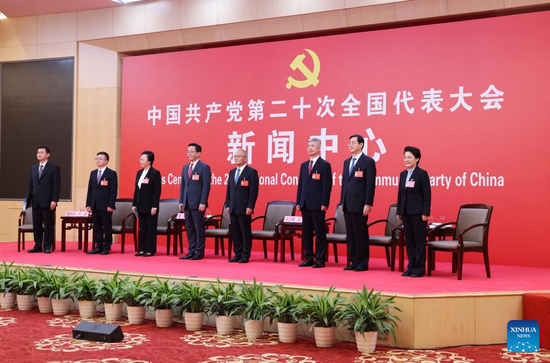


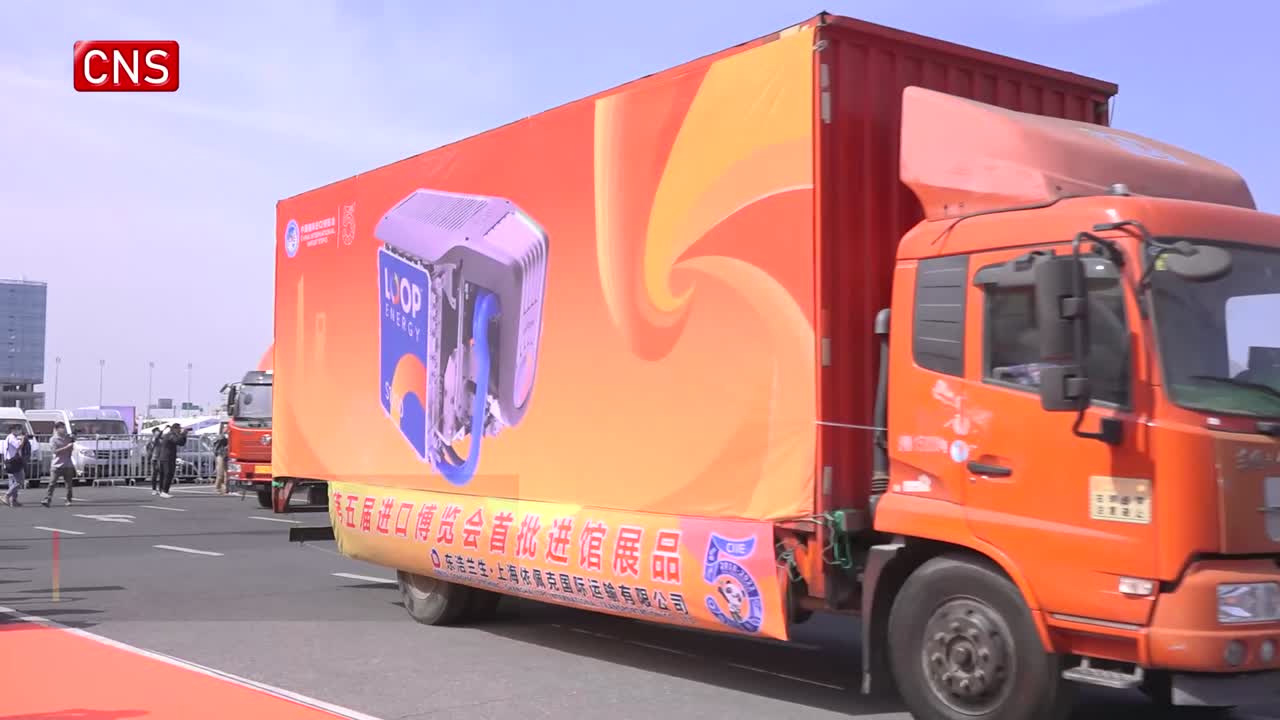



 京公网安备 11010202009201号
京公网安备 11010202009201号